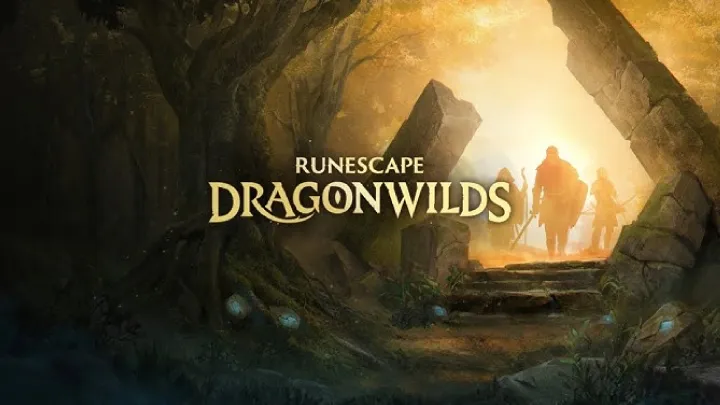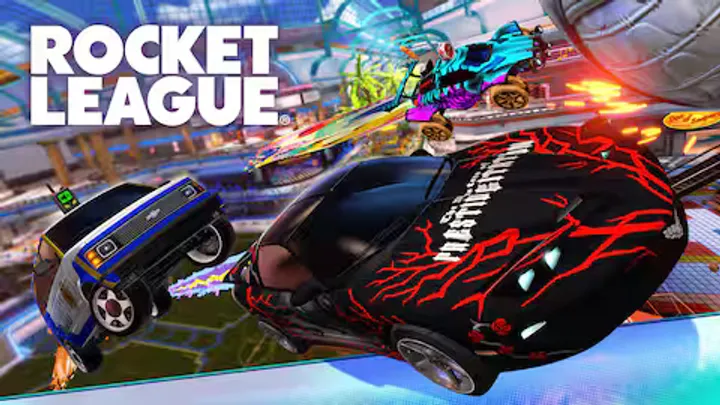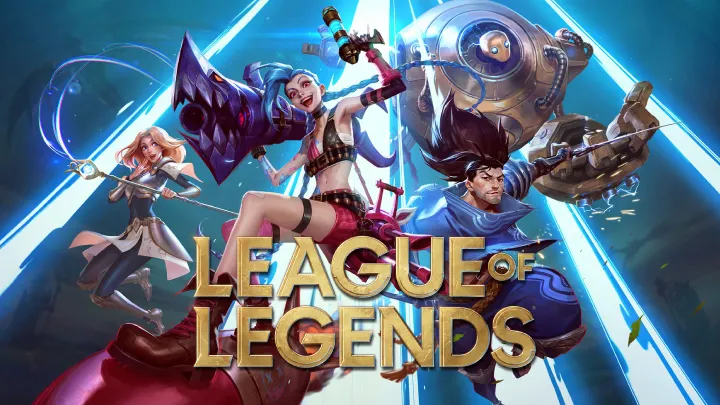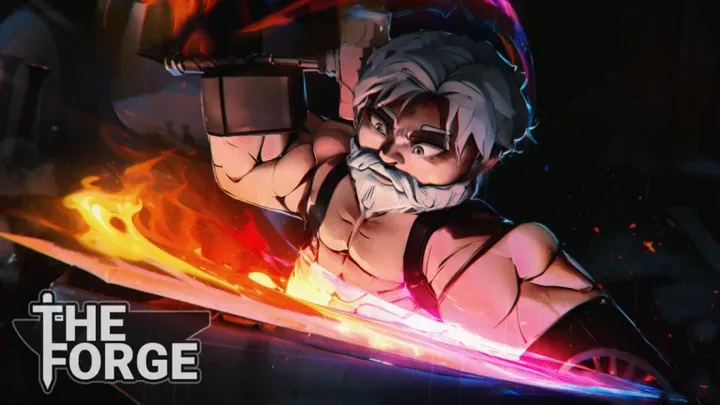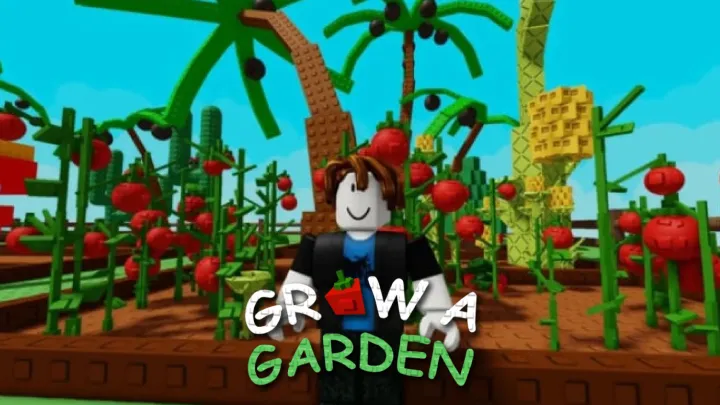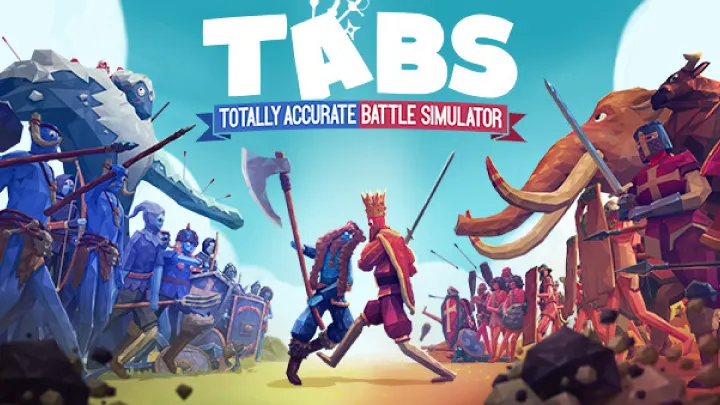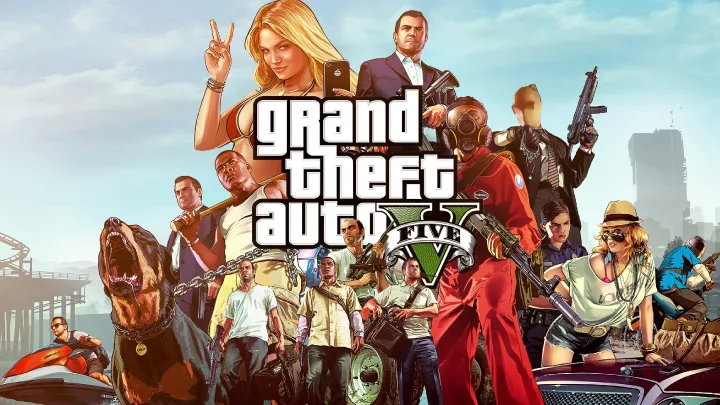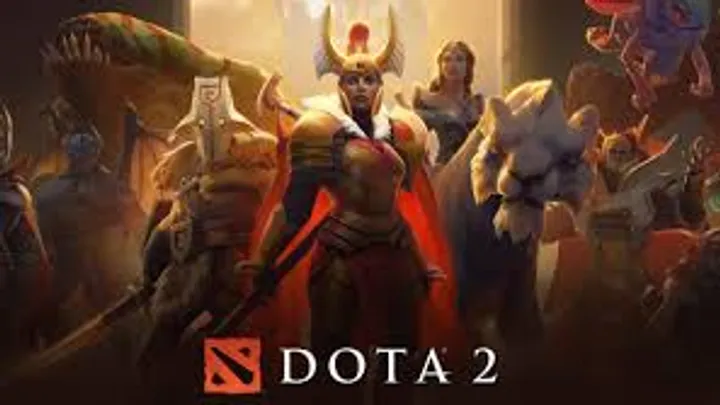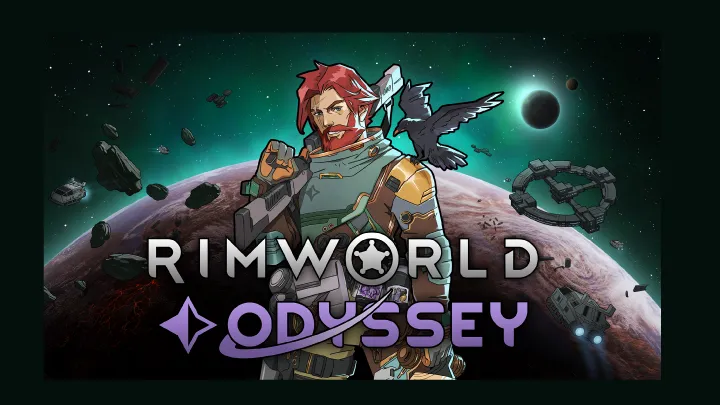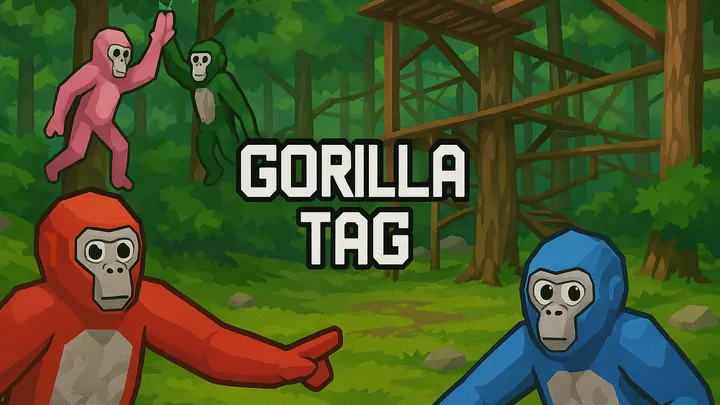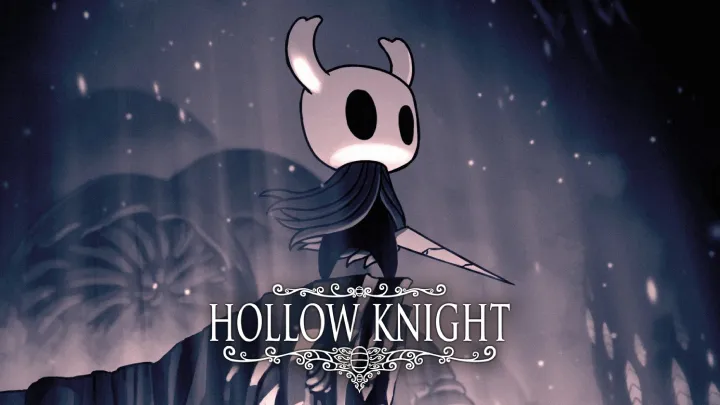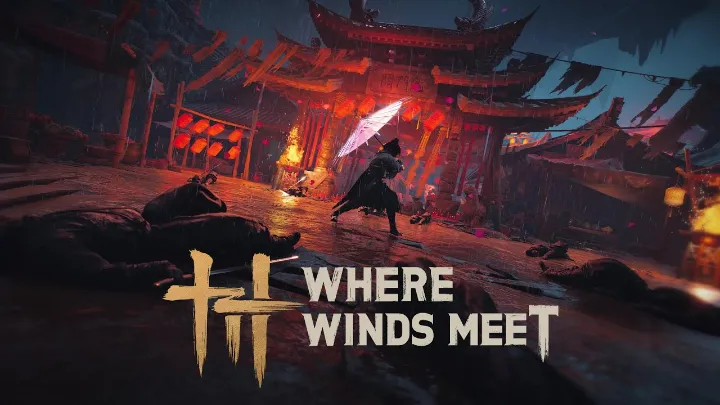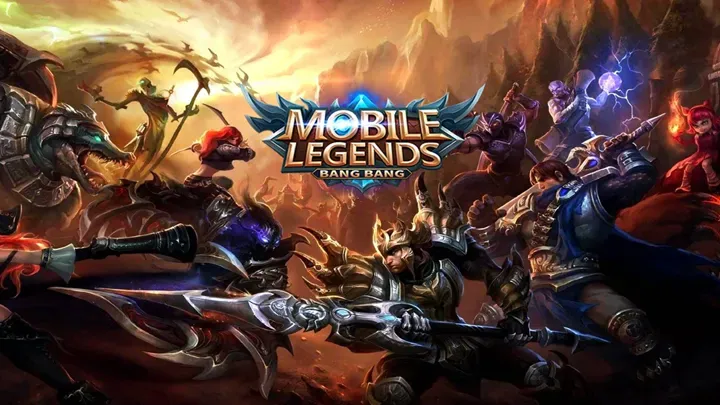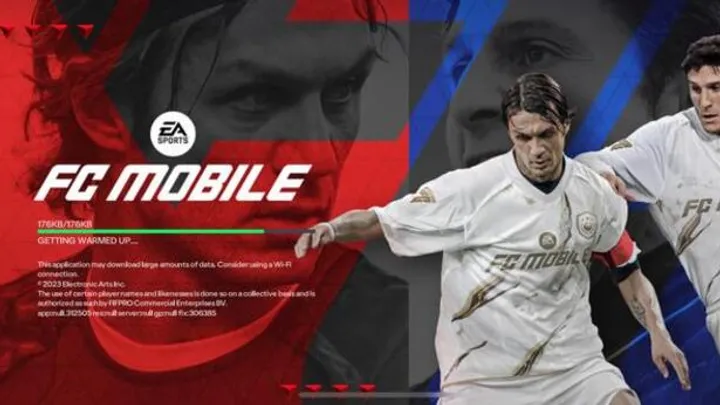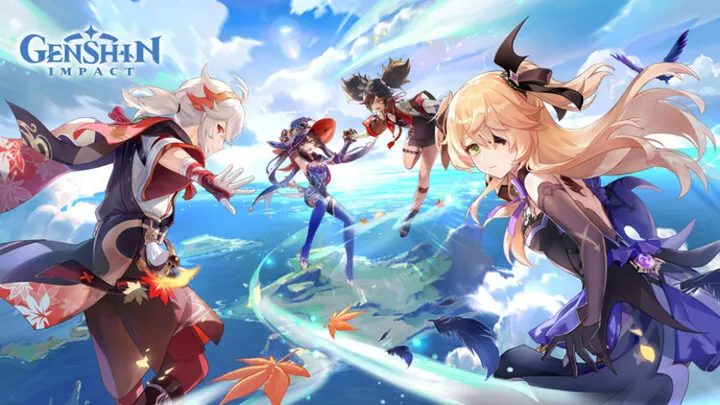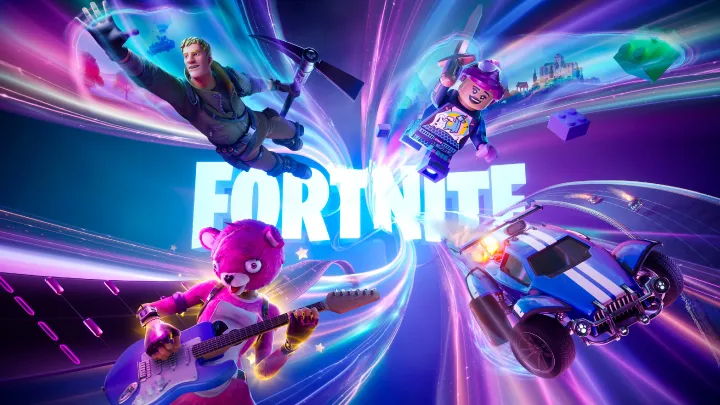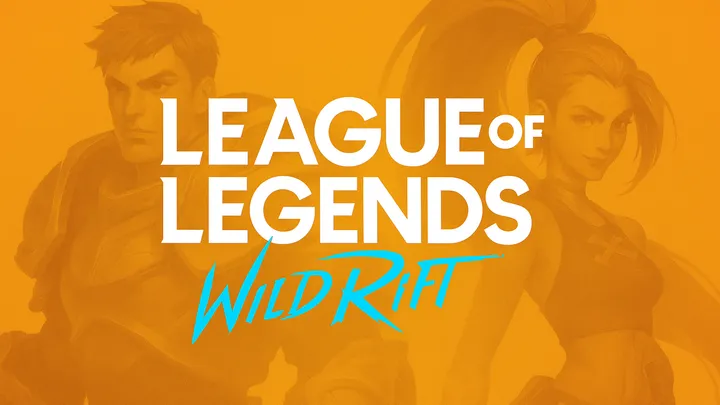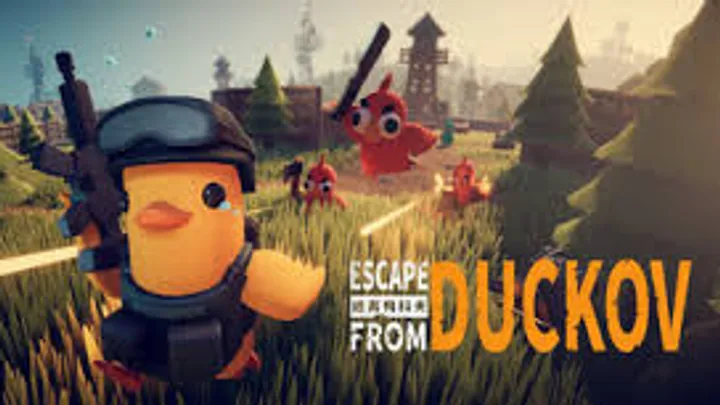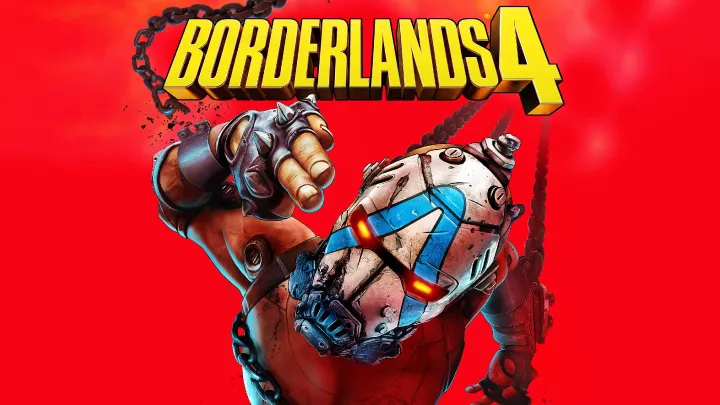Introduction
Sonic the Hedgehog™ Classic is a title that needs little introduction. Released initially in 1991, it quickly became a defining game for the Sega Genesis and laid the groundwork for the platforming genre. With its iconic blue protagonist, speed-driven gameplay, and vibrant worlds, Sonic has captured the hearts of millions. In this review, we will delve into the various aspects of Sonic the Hedgehog™ Classic, analyzing its gameplay mechanics, graphics, sound design, and overall impact on the gaming industry.
Gameplay Mechanics
Speed and Precision
At its core, Sonic the Hedgehog™ Classic is built around the concept of speed. Players control Sonic as he runs through lush landscapes, dodging obstacles and defeating enemies. The game's mechanics revolve around a simple control scheme that allows players to accelerate, jump, and spin dash. Sonic's unique ability to curl into a ball grants him a significant advantage when navigating through levels, allowing for quick takedowns of enemies and smooth transitions through loops and ramps.
The design of each level encourages a fast-paced style of play. While speed is a key component, the game also requires precision. Players must time their jumps perfectly to avoid pitfalls and enemies, creating a satisfying blend of fast-paced action and skillful maneuvering.
Level Design
Sonic the Hedgehog™ Classic features a variety of levels, each with its distinct theme and challenges. The game is divided into zones, with each zone consisting of multiple acts. From the grassy fields of Green Hill Zone to the mechanical landscapes of Scrap Brain Zone, the level design is not only visually appealing but also creatively constructed to enhance the gameplay experience.
Each zone introduces unique elements, such as moving platforms, hidden paths, and environmental hazards. This variety keeps the gameplay fresh and encourages exploration. Players are often rewarded for taking the time to explore each level, discovering power-ups and hidden rings that contribute to their overall score.
Enemies and Boss Fights
The game features a roster of memorable enemies, each designed to test players' skills. From the basic Badniks to the challenging bosses, the variety keeps players engaged. The boss fights, in particular, are a highlight of the game. Each act ends with a confrontation against Dr. Robotnik, Sonic's arch-nemesis. These battles require players to learn patterns and adapt their strategies, adding an extra layer of depth to the gameplay.
Graphics and Visual Style
Art Direction
Sonic the Hedgehog™ Classic is renowned for its vibrant graphics and charming art style. The game employs a colorful palette that brings each zone to life. The character designs are iconic, with Sonic’s spiky blue hair and expressive animations making him instantly recognizable.
The backgrounds in each zone are intricately designed, filled with details that enhance the overall aesthetic. The parallax scrolling effect adds depth to the environments, creating an immersive experience that draws players into Sonic's world.
Animation
The smooth animations contribute significantly to the game's appeal. Sonic's movements are fluid, from his speedy runs to his signature spin dash. The attention to detail in the character animations enhances the overall gameplay experience, making it feel responsive and engaging.
Sound Design
Music
One of the standout features of Sonic the Hedgehog™ Classic is its memorable soundtrack. Composed by Masato Nakamura, the music is catchy and complements the fast-paced gameplay perfectly. Each zone has its theme, from the laid-back tunes of Green Hill Zone to the more intense tracks in the later stages. The music not only sets the mood but also enhances the overall experience, making players feel more connected to the game.
Sound Effects
The sound effects in Sonic the Hedgehog™ Classic are equally impressive. The iconic ring collection sound and the satisfying noise of defeating enemies contribute to the game's charm. The audio design is well-balanced, enhancing the gameplay without overwhelming the player.
Cultural Impact
Sonic the Hedgehog™ Classic is more than just a game; it is a cultural phenomenon. Upon its release, it quickly became a mascot for Sega, representing the company in a fierce rivalry against Nintendo. The game's success helped establish Sonic as a household name and paved the way for numerous sequels, spin-offs, and merchandise.
The impact of Sonic extends beyond the gaming industry. The character has appeared in various forms of media, including animated series, comics, and even feature films. Sonic's legacy continues to thrive, with new generations discovering the charm of the classic game.
Conclusion
Sonic the Hedgehog™ Classic remains a timeless classic that continues to resonate with players today. Its combination of speed, precision, and engaging level design creates a gameplay experience that is both exciting and rewarding. The vibrant graphics, catchy soundtrack, and cultural significance further solidify its status as one of the greatest platformers of all time.
Whether you are revisiting the game or experiencing it for the first time, Sonic the Hedgehog™ Classic offers an unforgettable journey that showcases the magic of gaming. It serves as a reminder of the creativity and innovation that defined an era, making it a must-play for fans of all ages.















































